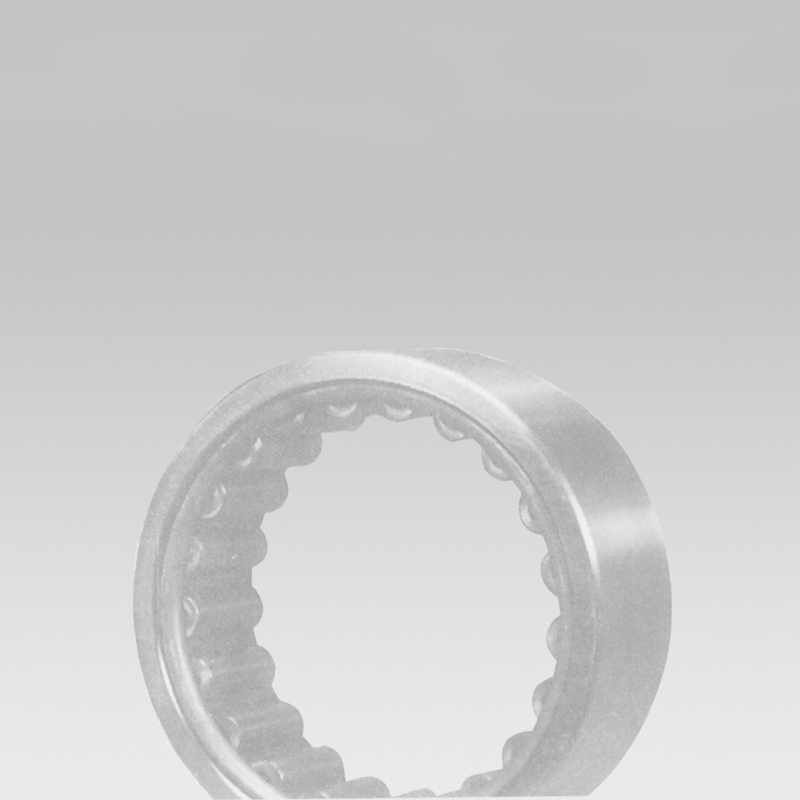
Sep . 21, 2024 22:22 Back to list
what is a deep groove ball bearing
Understanding Deep Groove Ball Bearings
Deep groove ball bearings are one of the most common types of rolling bearings used in various mechanical applications. They primarily consist of an inner ring, an outer ring, a set of balls, and a cage to hold the balls in place. This simple yet effective design allows them to accommodate both radial and axial loads, making them extremely versatile.
Structure and Design
The distinctive feature of deep groove ball bearings is their deep raceway grooves. These grooves enable the balls to maintain contact with the raceways, providing a larger surface area for load distribution. This design not only enhances the bearing's load-carrying capacity but also allows for smooth operation at higher speeds. The angle of the grooves ensures that the balls roll smoothly, minimizing friction and wear over time.
Variants and Materials
Deep groove ball bearings come in various sizes and configurations to meet the demands of different applications. They can be open (without seals) or sealed, which keeps the lubricant inside and prevents contaminants from entering. Additionally, they are made from various materials, including steel, stainless steel, and ceramic, each suitable for specific operating conditions. For instance, stainless steel bearings are often used in environments susceptible to corrosion, while ceramic bearings are preferred in applications requiring high-speed performance.
Applications
what is a deep groove ball bearing

The versatility of deep groove ball bearings makes them suitable for a wide range of applications. They are commonly found in electric motors, machinery, automotive components, and household appliances. Their ability to handle both radial and axial loads makes them ideal for various rotating parts, such as shafts and wheels. Furthermore, they are often used in automated systems and robotics due to their reliability and ease of maintenance.
Performance Characteristics
One of the key advantages of deep groove ball bearings is their ability to operate at high speeds while maintaining low friction levels. This attribute not only enhances the overall efficiency of machines but also reduces energy consumption. Additionally, deep groove ball bearings typically have a longer lifespan than other bearing types, primarily due to their robust design and the ability to distribute load evenly.
Moreover, the operating temperature range of deep groove ball bearings is quite broad, making them suitable for use in both high-temperature and low-temperature environments. This adaptability is particularly beneficial in industries such as aerospace and manufacturing, where machines often face extreme conditions.
Conclusion
In conclusion, deep groove ball bearings are integral components in many mechanical systems, offering a combination of versatility, reliability, and performance. Their unique design facilitates efficient load handling and smooth operation, making them a preferred choice in various industries. As technology advances, the design and materials used in these bearings continue to evolve, further enhancing their applications and durability. Understanding the structure and characteristics of deep groove ball bearings is essential for engineers and technicians to select the right type for their specific needs, ultimately contributing to the efficiency and longevity of their machinery.
Latest news
-
The Future of Deep Groove Ball Bearings For Extreme Applications
NewsJul.31,2025
-
Self-Lubricating Bearings: The Future of Agricultural Machinery Efficiency
NewsJul.31,2025
-
Nanotechnology in Ball Bearing Machines: The Future of Friction Reduction
NewsJul.31,2025
-
How Deep Groove Ball Bearings Are Tailored for Different Uses
NewsJul.31,2025
-
Energy-Efficient Machinery Bearings: Reducing Power Consumption in Large-Scale Ball Mills
NewsJul.31,2025
-
Deep Groove vs. Angular Contact: Which Ball Bearing Wins in High-Speed Applications
NewsJul.31,2025
